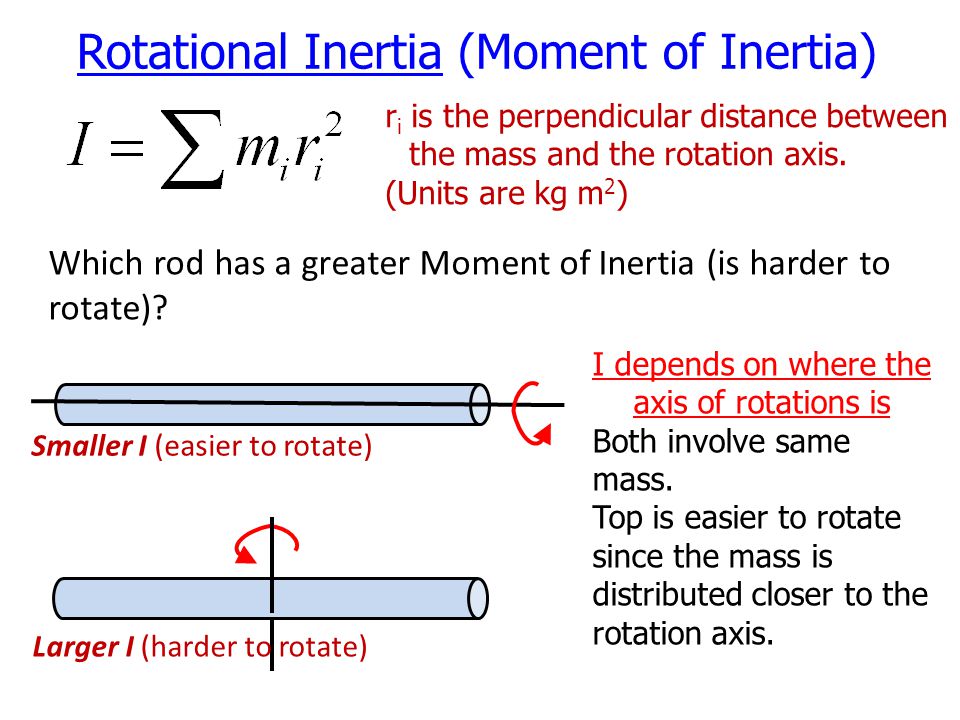-
Notifications
You must be signed in to change notification settings - Fork 25
Spin Stabilization for Dummies
For the first several years of any RP-1 space program, avionics are large and heavy. Many early orbital rockets get around this by using guidance on the first stage only, where the mass affects dV much less. The avionics packaged is retained until Ap, and uses nitrogen RCS to orient a spin-stabilized set of kick stages for orbital insertion. Its job done, the avionics is jettisoned before insertion for a massive delta-v savings.
Notice the 1.25m 'bee stages, very short and squat. This improves spin stability quite a lot relative to the 0.38m version of those stages, which would save on tooling and still fit well within pad limits. As it is, this rocket tends to start "wobbling", or tracing a circle around its heading, by about 15deg by the time the final stage burns out. This is called precession. The .38 version would precess much more in the same time, perhaps 60deg, wasting more thrust and likely not making orbit.
The reason for this instability is that spinning objects "want" to be spinning along their most-stable axis, and will drift towards it if left alone for long enough. The most-stable axis is the one that provides the most resistance to being spun, which is to say the axis with highest inertia:
The longer and thinner your rocket, the more unstable it will be when spin-stabilized. In some cases you will want to build a probe with long-term spin stablization in mind, like spinning up a moon orbiter for insertion around the moon just after boosting it out of low earth orbit so you don't have to power the avionics for a 3 day trip. Build those as fat as you can to make them stable over the long term.
The details of why spinning objects have this strange "desire" to change their spin axes are neat and mathy! You can check out videos, articles and papers about the Intermediate Axis Theorem and Dzhanibekov Effect, if that kind of thing interests you.

